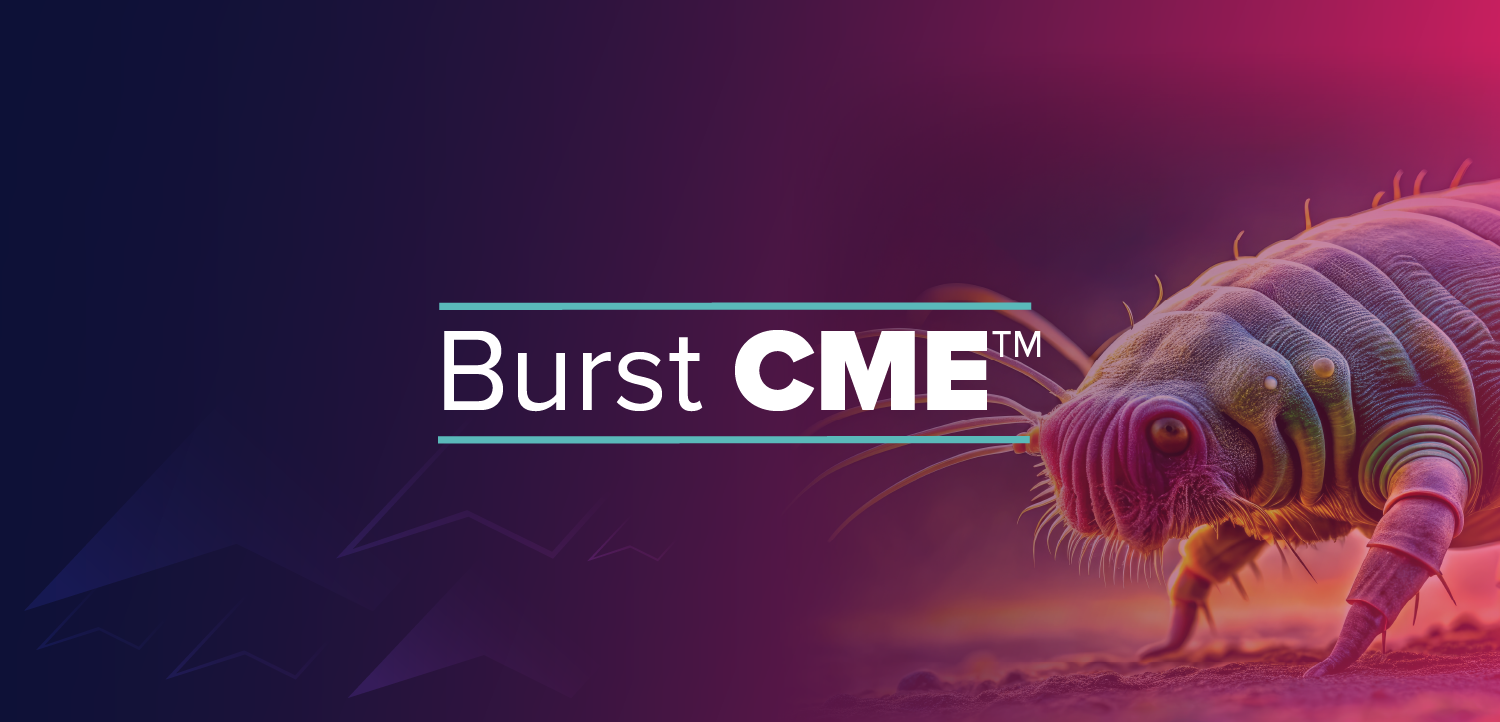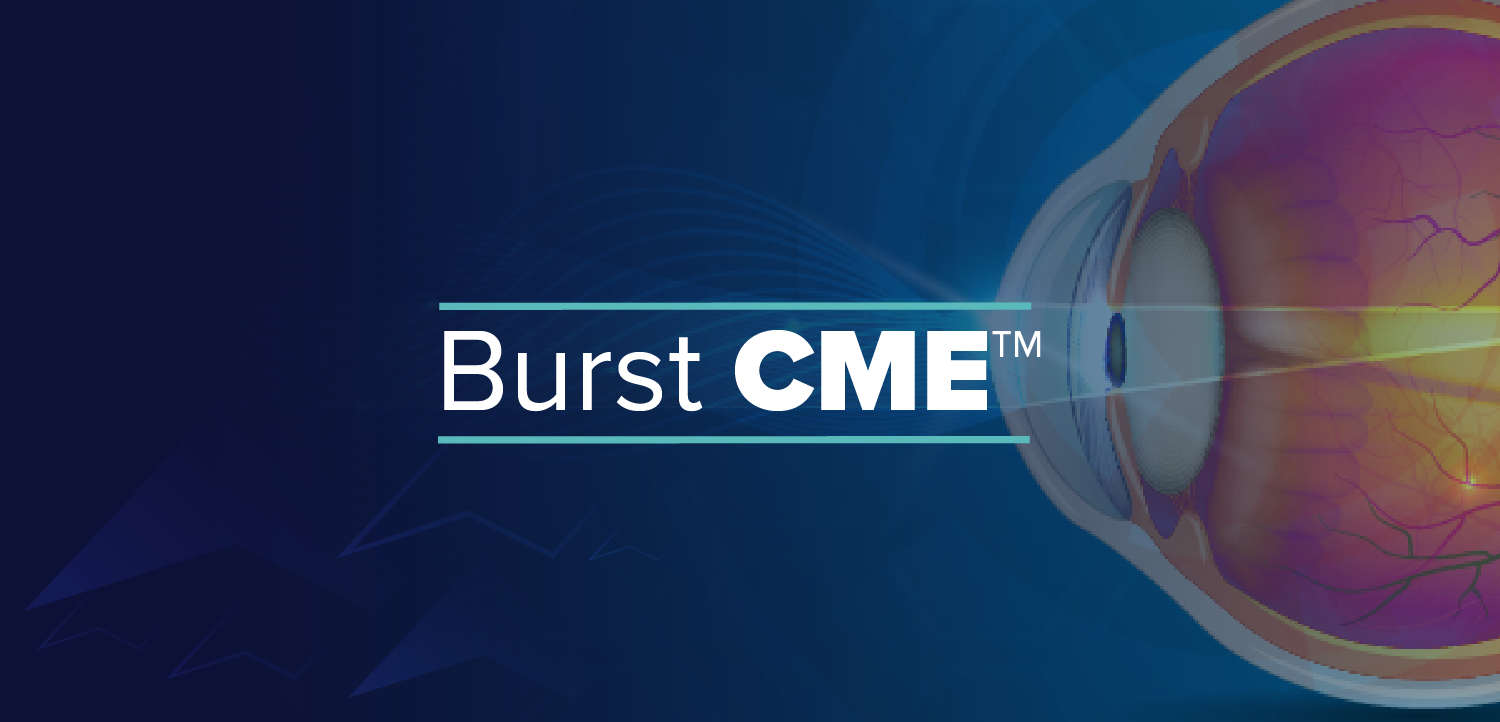Surgeons anticipate new era of femtosecond laser-assisted PKP
The femtosecond laser (IntraLase) holds promise for advancing penetrating keratoplasty (PKP) in the near future, said Denise Fornazari de Oliveira, MD, at the World Congress of Ophthalmology.
The femtosecond laser (IntraLase) holds promise for advancing penetrating keratoplasty (PKP) in the near future, said Denise Fornazari de Oliveira, MD, at the World Congress of Ophthalmology.
"In contrast to cataract or vitreoretinal surgery, PKP has undergone only minor refinements during the last several years. Femtosecond laser technology seems to offer the potential for moving toward minimally invasive, self-sealing, no-stitch keratoplasty, and we are looking forward to results from clinical studies using it in these procedures," said Dr. Fornazari de Oliveira of Brazil.
Through software programming, the femtosecond laser can be used to produce intrastromal lamellar, axial or pocket cuts at any diameter and at a range of depths up to 400 microns. In addition, the laser spots can be fired in a spiral or raster pattern to achieve lamellar cuts.
Potential advantages for using the femtosecond laser in penetrating keratoplasty include a reduction in the mechanical stress applied to the cornea and improved quality of the transplant edges. In addition, the geometry of the transplants can be expanded from circular patterns to other shapes that could improve transplant alignment quality.
As another benefit, the corneal cutting ability of the femtosecond laser is less hampered by optical haze compared with lasers operating at visible wavelengths. In addition, the donor tissue created with the femtosecond laser should be stronger than that produced with traditional methods as well as result in less induced astigmatism and require less suturing.
"Those features are expected to translate into faster visual rehabilitation," said Dr. Fornazari de Oliveira.
Newsletter
Don’t miss out—get Ophthalmology Times updates on the latest clinical advancements and expert interviews, straight to your inbox.















































.png)


